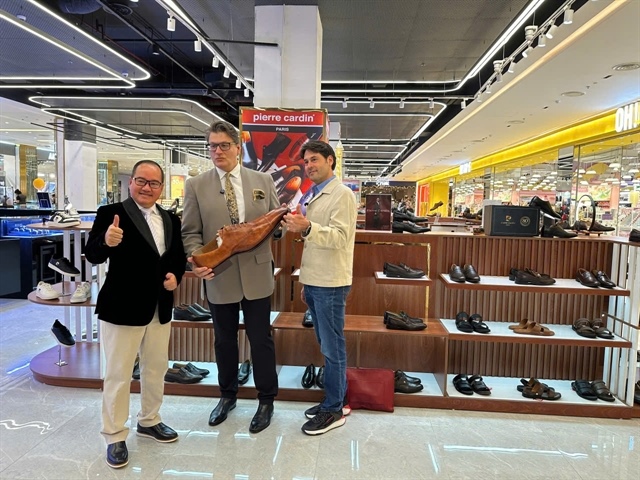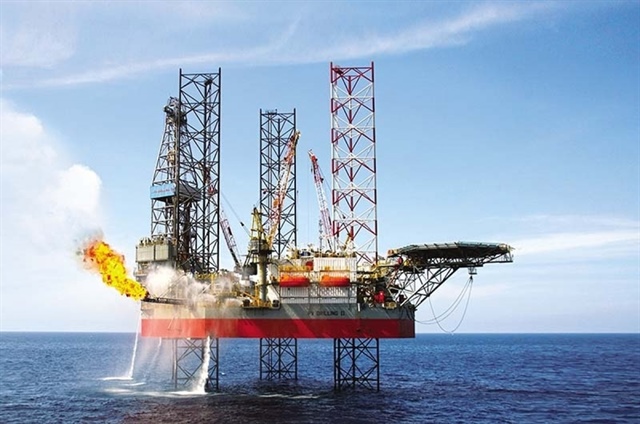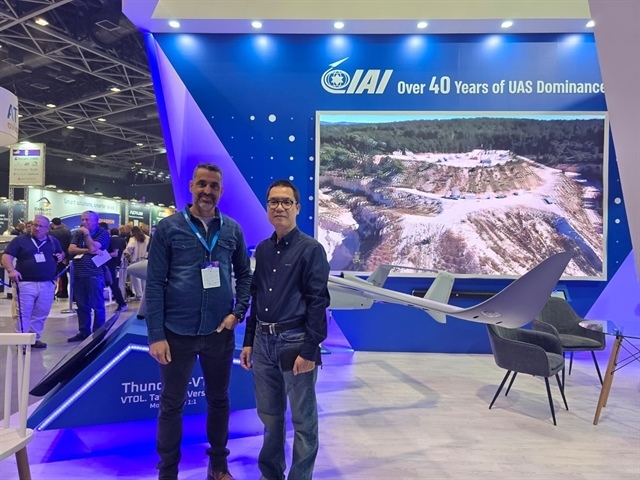Vinacomin’s two grave missteps
Vinacomin’s two grave missteps
Vietnam National Coal and Mineral Industries Group (Vinacomin) has invested millions of dollar into two alumina plants in Vietnam. However, these plants seem to be failing expectations.

Pouring money into two bottomless pits
The two alumina projects by Vinacomin, Tan Rai and Nhan Co bauxite-alumina complexes, recorded an output of 600,000 tonnes according to a recent report by Vinacomin on its compliance with the decision of the owner (the government), which it filed according to Decree No.49/2014/ND-CP on inspecting state-owned enterprises.
This output is a lot lower than the expected output, which the company had earlier specified to justify pouring more and more money into the facilities.
The first alumina plant, called Tan Rai, is located in the Central Highlands province of Lam Dong and has the total investment value of $460 million.
After four adjustments, the most recent being in October 2013, the total investment in the project reached VND15.4 trillion ($674 million). This project alone was expected to reach the annual designed capacity of 650,000 tonnes in 2013 already.
The project was put into operation in 2013. In 2016, Vinacomin was still constructing the third red sludge reservoir and other auxiliary facilities. Vinacomin said it had disbursed VND12.145 billion ($531.74 million) by the end of 2016,.
The second alumina plant was Nhan Co in the neighbouring province Dak Nong, approved in 2007 with the investment value of VND3.285 trillion ($143.89 million) and capacity of 300,000 tonnes a year. The complex was expected to be finished in 2010.
This project was adjusted three times. According to the latest adjustment in February 2014, the project construction deadline was pushed off to 2014 with the total investment of VND16.821 trillion ($736.79 million) and capacity of 650,000 tonnes a year, which is equal to Tan Rai alumina plant’s intended capacity.
The project has been finished and its test run started in November 2016. It started production in December 2016. By the end of 2016, the total capital disbursed was VND11.613 trillion ($508.67 million). The plant will be put into commercial operation in the first quarter of 2017.
Falling into a trap
Dr Nguyen Thanh Son, former director of the Red River Delta's Coal Project Management, told local media that Vinacomin was tricked by the contractor’s cheap prices.
Particularly, in appendix No.1/TKV-CHALIECO of the contract between Vinacomin and Chalieco (the Chinese contractor of both alumina plants), signed on July 14, 2008, Chalieco committed to the capacity of 630,000 tonnes per year only, less than the 650,000 tonnes Vinacomin had released.
The contractor also committed that the plant would use 2,737 tonnes of raw material for each tonne of finished product. However, currently technology in the world enables the same result from less than two tonnes of raw material. In addition, the actual operation hours are also less than the committed ones.
The contractor promised the best price to win the bid. However, Dr Son estimated that for Tan Rai, the actual cost would be $343 million higher than the price the contractor gave.
He said that Vinacomin should have added this amount to the Chinese contractor’s offered price, then compared it with other bidders to see the real value of each contract.
All these losses do not include the dangers to the environment that come from the old technology from China. Although many leaders repeatedly declared that these two projects do not harm the environment, the daily lives of citizens nearby have been significantly affected. T
hey have to bear the stench of red sludge and deal with the immense dust created by the plants. According to residents, aluminium dust is everywhere, in the gardens, rooftops, even inside the houses. Many people, especially the elderly and children, have been suffering from several respiratory diseases and some had to immigrate to other regions. The discharged waste seeps into the ground, killing all the plants and causing itches upon touch.
Although the Nhan Co plant is not officially launched, in 2016, when pumping alkali through the pipes, some employees found the chemical gun broken, which resulted in 9.58 cubic metres of alkali leak into the ground. A part of these poisons reached the Dak Dao stream, causing the mass fish deaths.
Previously, when Vinacomin proposed projects on bauxite (the raw material for aluminium production) mining in the Central Highlands province of Lam Dong, an important location in terms of national defence and the environment, and the two alumina plants, many scientists and experts have warned about the dangers of pollution.
From the experience of preceding countries, it can be seen that red sludge from bauxite mining is very dangerous to the environment and the daily lives of nearby citizens. Nevertheless, at the time, Vinacomin insisted that they comply with all the regulations and procedures and that everything is under control.
Although Vinacomin said that Tan Rai plant will make profit from 2017, and Nhan Co plant has a high potential for profit due to the improved technology as well as the reduction of production and administration costs, there are still doubts on these projects’ efficiency, and whether the generated profits are large enough for the trade-off between money and environment.





















